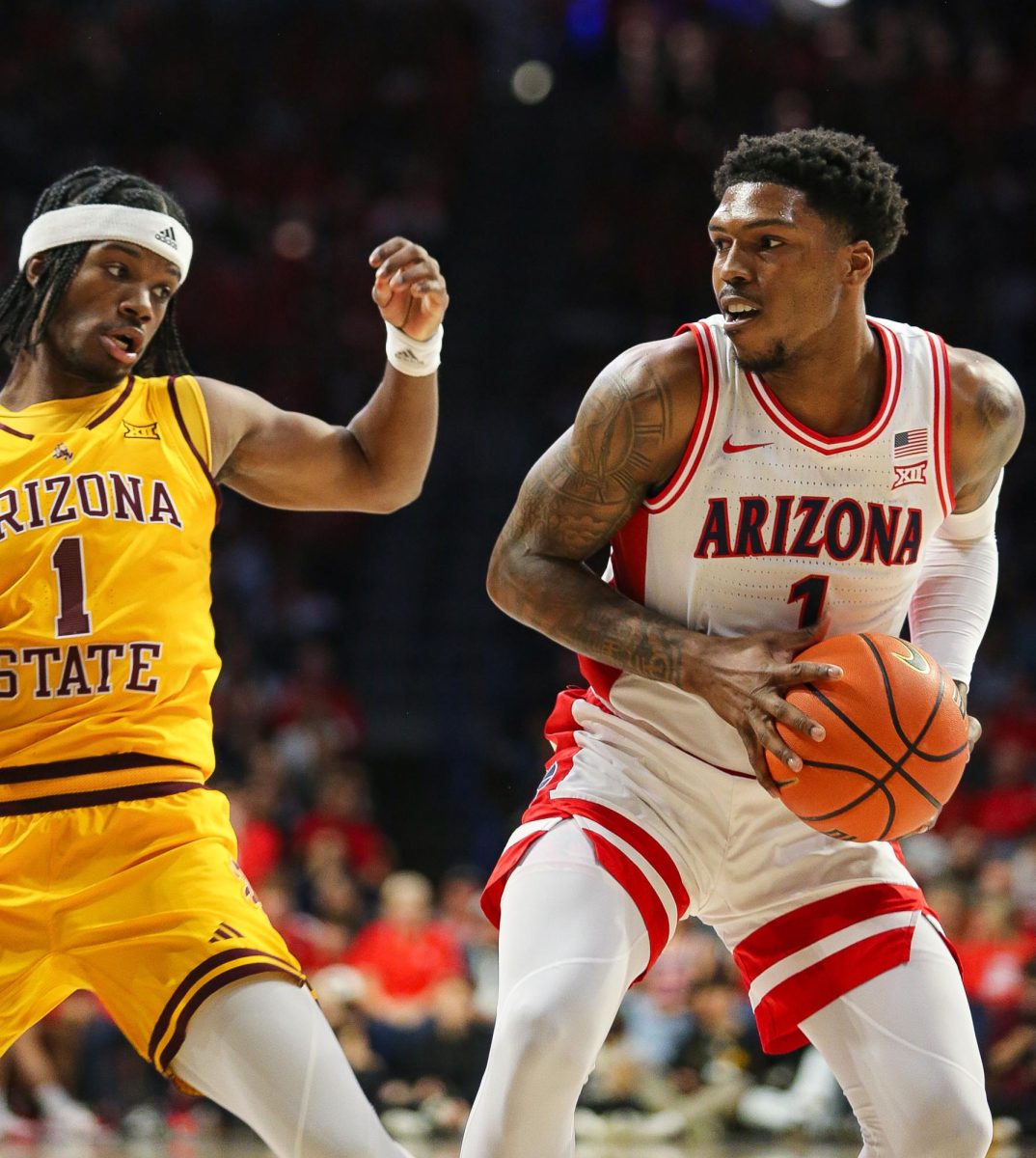This past Friday, Arizona Stadium had its welcome back party, complete with music and fireworks.
It seems odd to celebrate a return to something that was never technically gone, but during the 2012 season Arizona Stadium didn’t feel like the same place, what with the ongoing construction of the Lowell-Stevens Football Facility, the first major addition to the stadium since the 1980s.
But now the cranes are gone and the north end zone no longer resembles the black hole of last season. Everything seems to be in place.
Taking a look back at Arizona Stadium’s renovation history reveals how much has changed over time, and how it has become one of the best stadiums in the Pac-12 Conference.
In 1928, when Arizona Stadium first opened, it seated a meager 7,000 people, all located on the west side. For comparison’s sake, that’s smaller than today’s ZonaZoo section alone, which seats 9,000 fans.
However, an expanding population soon changed that, and in the 1940s, when our boys were fighting tyranny in Europe and Asia, Tucsonans were fighting the menace of boredom.
Women’s baseball leagues and games of hoop and stick could only hold citizens’ attentions for so long, which led to stadium expansion and a chance to see the Wildcats play in person. By 1947, seats had been added to the stadium’s east side and both end zones, expanding its capacity to 17,000.
At this point, Arizona Stadium still barely resembled what it looks like today. It didn’t stay that way for long, though. In 1950, nearly 8,700 more seats were added as the south end zone adopted the horseshoe configuration that is still in place today.
The U.S. was changing in the 1960s, and the stadium had some evolving to do when 10,000 additional seats were added to the west side.
Possibly the most important expansion took place in 1976, when Arizona was attempting to move up to the Pac-8 from the WAC. Doing so would require a big jump in capacity, which Arizona Stadium accomplished by constructing a second tier of seats on the east side, taking capacity from about 40,000 closer to the current 56,037.
After the 1988 season, the press box and sky box were constructed on the west side, and Arizona Stadium retained that familiar look until just a few years ago.
Prior to the 2011 season, the 5,356-square foot video board appeared in the south end zone. It is considered the sixth largest video board in the country and has the power to pressure fans into doing things like kiss strangers on cue, participate hedonistic songs and dance to Otis Day & the Knights’ version of “Shout.”
Now we’re here, as the Lowell-Stevens Football Facility takes Arizona Stadium to a new level and rivals many in the Pac-12.
—Follow Brian Peel @BrianPeel91















